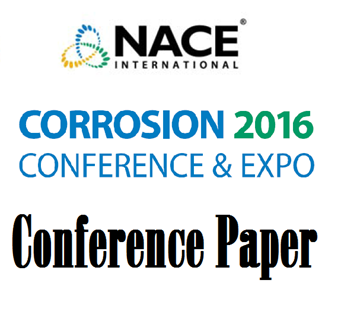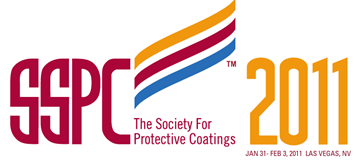Search
Products tagged with 'epoxy coating'
View as
Sort by
Display
per page
51316-7152-Self-healing protection of pipeline corrosion by epoxy coating with preloaded inhibitors
Product Number:
51316-7152-SG
ISBN:
7152 2016 CP
Publication Date:
2016
$20.00
Epoxy Linings - Solvent-Free But Not Problem-Free
Product Number:
41205-162-SG
Publication Date:
2005
$20.00
Factors Influencing Early Crack Development in Marine Cargo and ballast Tank Coatings
Product Number:
41206-265-SG
Publication Date:
2006
$20.00
Study of Scribe Type on Accelerated Underfilm Corrosion Creep
Product Number:
41211-642-SG
Publication Date:
2011
$20.00




